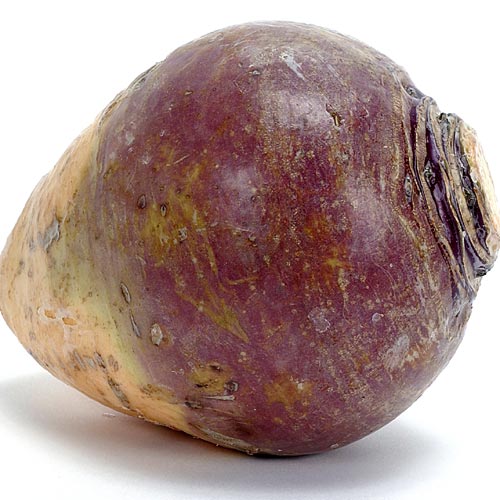Fast forward almost three years since July 10, 2010...so many cookbooks consulted, so many plants made into dinner, so many successes (and ok, I admit it - some flops, too) in the kitchen...and nothing but vast silence here. So much for lamenting lost posts. A new beginning has begun!
For Christmas, I received an intriguing one pound bag of beans, aptly named Christmas Lima, which to other Yuletide celebrants may have been the equivalent of coal in the stocking, but I was delighted with the challenge of cooking a bean I'd never heard of. I've recently been trying to rely less on canned beans, even lovely organic varieties, and go for the soak, boil and simmer of dried beans. Some kind of kitchen karma was surely operating to unite my new passion with a novel bean. Rather than sifting through my cookbook collection for recipes containing this oddball variety, I searched the old reliable Internet and discovered the following perfect recipe at www.101cookbooks.com.
Christmas Lima Bean Stew
1 lb. dried Christmas Lima Beans or equivalent cooked beans
16 tbs. evoo
2 large heads of celery, preferably with leaves, trimmed and sliced into 3/4" chunks
3 bunches of scallions, green part included or 12 spring onions, sliced into 1/3" rounds
8 garlic cloves, very thinly sliced
scant 2 tsp. caraway seeds, lightly crushed
fine grain sea salt
1 28 oz. can whole plum tomatoes, drained, rinsed, cored and roughly chopped
2 to 4 tsp. celery salt**
5 1/2 c. water or broth or combo
oily black olives, pitted and roughly chopped
1 lemon, cut into 1/8ths
If you haven't already cooked the beans, do so.*
Heat 12 tbs. (scant 2/3 cup) of the olive oil in a large pot over medium-high heat. When the oil is hot, add the celery and stir until coated with olive oil. Cook for ten minutes, stirring often. Add 2/3 of the scallions, the garlic, caraway and a couple big pinches of salt. Cook for another 10 to 15 minutes or until everything softens and begins to caramelize a bit.
Add the tomatoes and 2 tsp. of the celery salt and cook for another few minutes. Add the beans along with 5 1/2 c. liquid (for example, 2 cups bean liquid/broth and 3 1/2 cups water) and remaining 4 tablespoons of olive oil.
Bring to a simmer, taste, and season with more salt or celery salt if needed. Let sit for a couple minutes and serve each bowl topped with a spoonful of chopped olives and a squeeze of lemon. You might also like to serve the soup sprinkled with the remaining scallions/spring onions.
Serves 8 to 10.
(I halved this recipe and used the juice from the canned tomatoes, so the result was a brothy soup rather than a chunky stew, which was really what I wanted.)
Inspired and adapted from Hassan's Celery and White Bean Soup with Tomato and Caraway in Moro East by Sam and Sam Clark.
*To prepare dried beans: Soak beans overnight in water to cover plus a few extra inches. Drain and rinse. Place beans in a large saucepan and cover with an inch or two of water. Bring to a boil and simmer until the beans are cooked through and tender. This can take anywhere from an hour to two hours (potentially more) depending on your beans, but do your best to avoid overcooking. Remove from heat, salt the beans (still in broth) - enough that the bean liquid is tasty. Let the beans sit like this for ten minutes or so before draining - reserving a couple cups of the bean broth. Set the beans aside. At this point you can use the beans, referigerate for later use, or bag and freeze.
**To make celery salt: Pick leaves from celery stalks. Make sure they're as dry as possible or they'll steam rather than crisp. Bake on a baking sheet in a 250 degree oven for 15 to 25 minutes. Toss once or twice along the way, until dried out. Alternatively, toast in a large skillet over low heat, tossing regularly, for 30 minutes or so. Either way, crumble the dried celery leaves with equal parts flaky salt.
Aside from Christmas lima beans, which are big and beautiful, the most endearing part of this recipe for me is making your own celery salt. Why of COURSE people made their own in the days before wanting a spice blend came to mean grabbing a pre-fab little bottle of industrial spice-o-matic. In days of yore, you followed grandma's tried and true directions and behold! A new flavor is born.
Nostalgia aside, this soup was hearty and filling for these cold March days, and smelled wonderfully of caraway. Having associated these seeds with rye bread all my life, I did feel a bit like I was eating liquid toast - but in a good way - trust me! One precautionary tale in case you're tempted to try this soup at home...the limas cooked rather unevenly, so that many were soft and melty while others were tough and chew-resistant. I believe I would rather have proceeded contrary to the recipe author's advice and risked overcooking some beans so that none would be underdone. With that caveat, though, this stew was different, fragrant and fun and taught me how to make celery salt! Win!




















